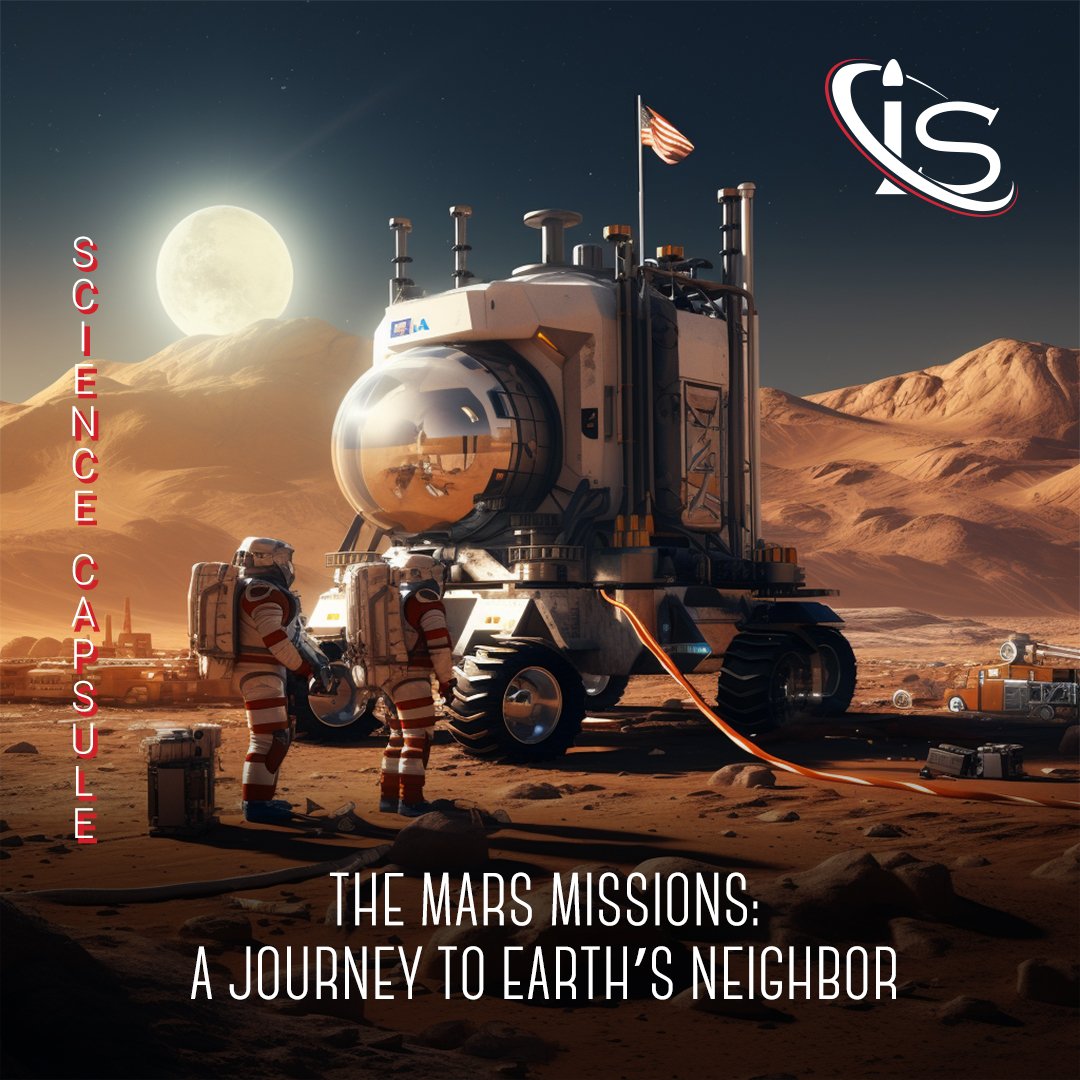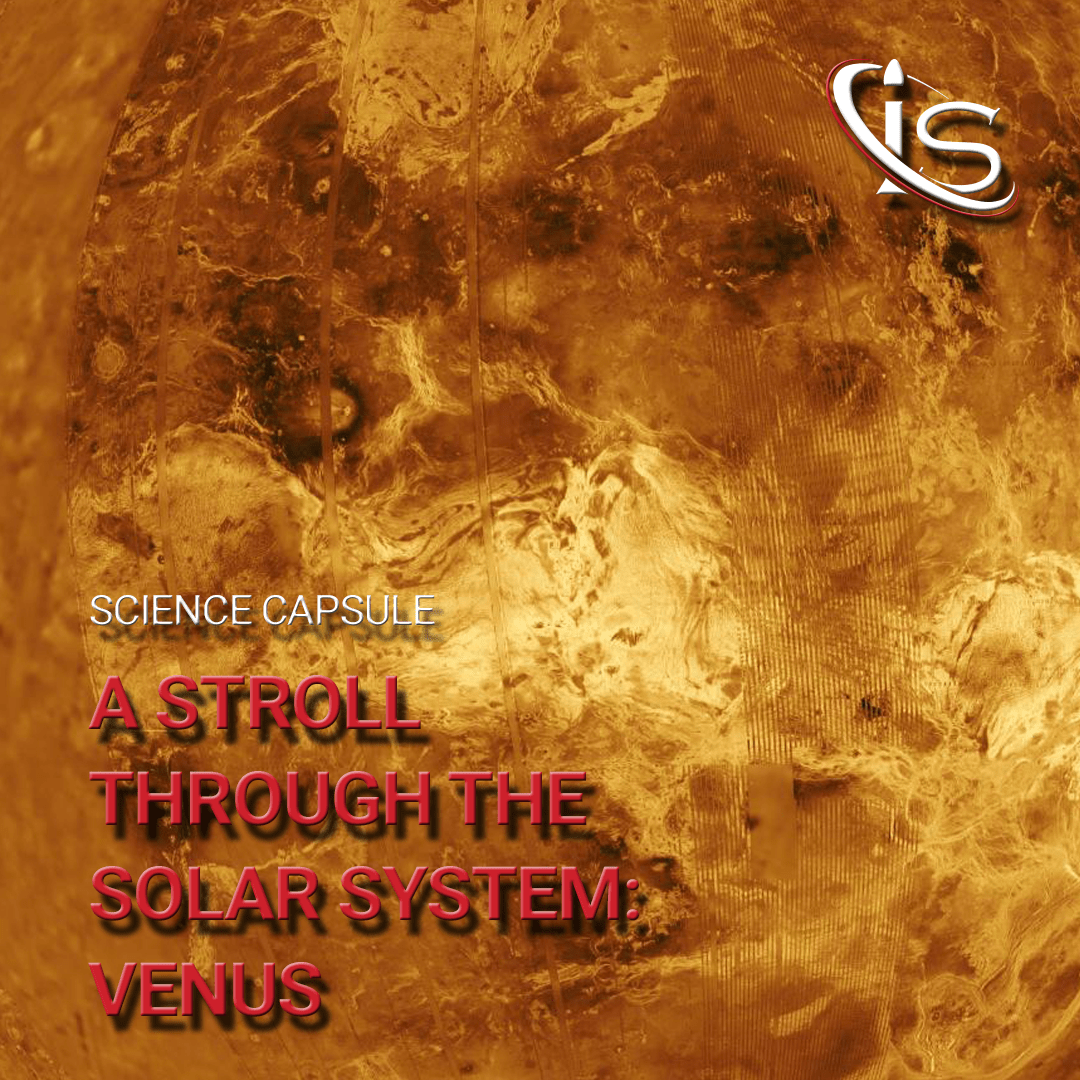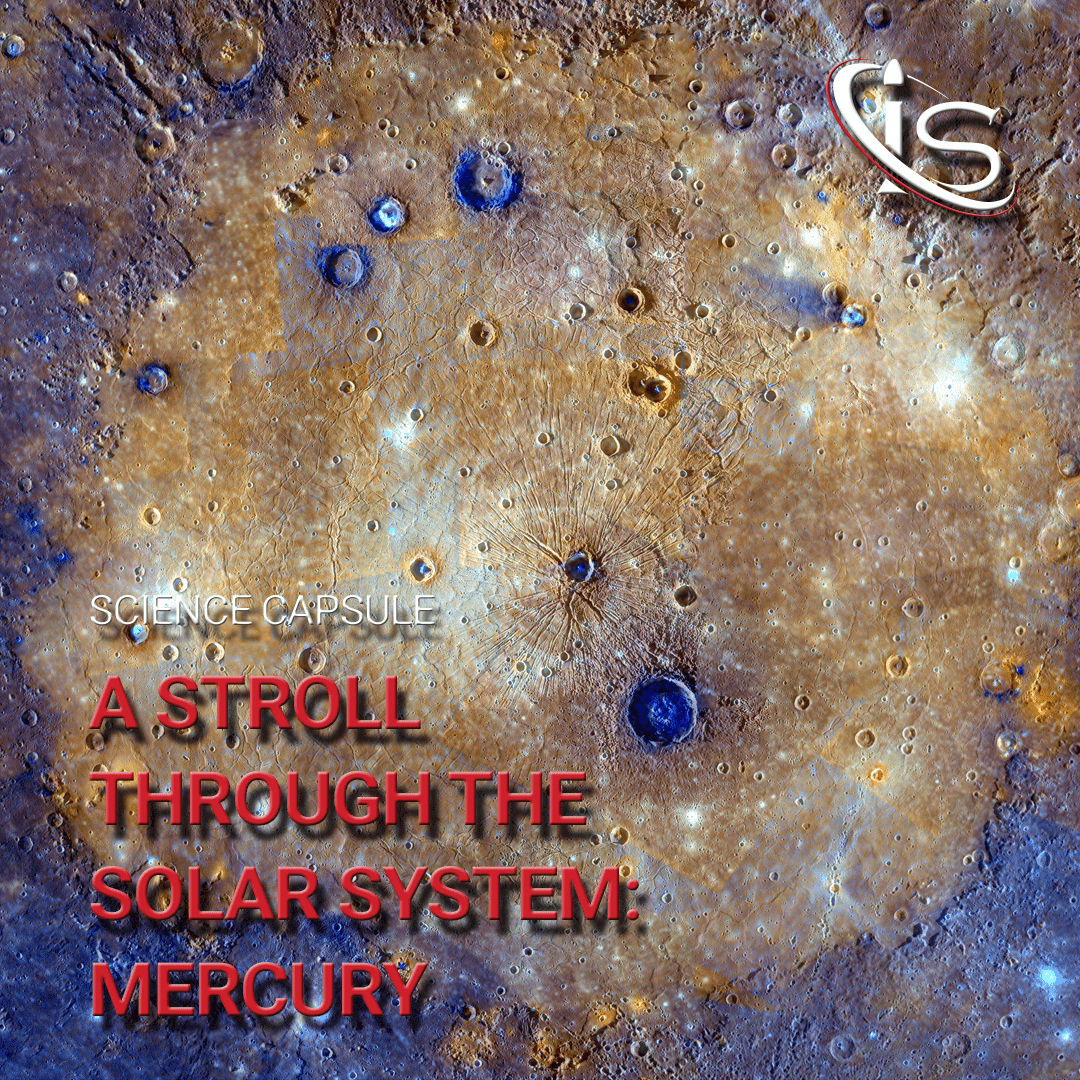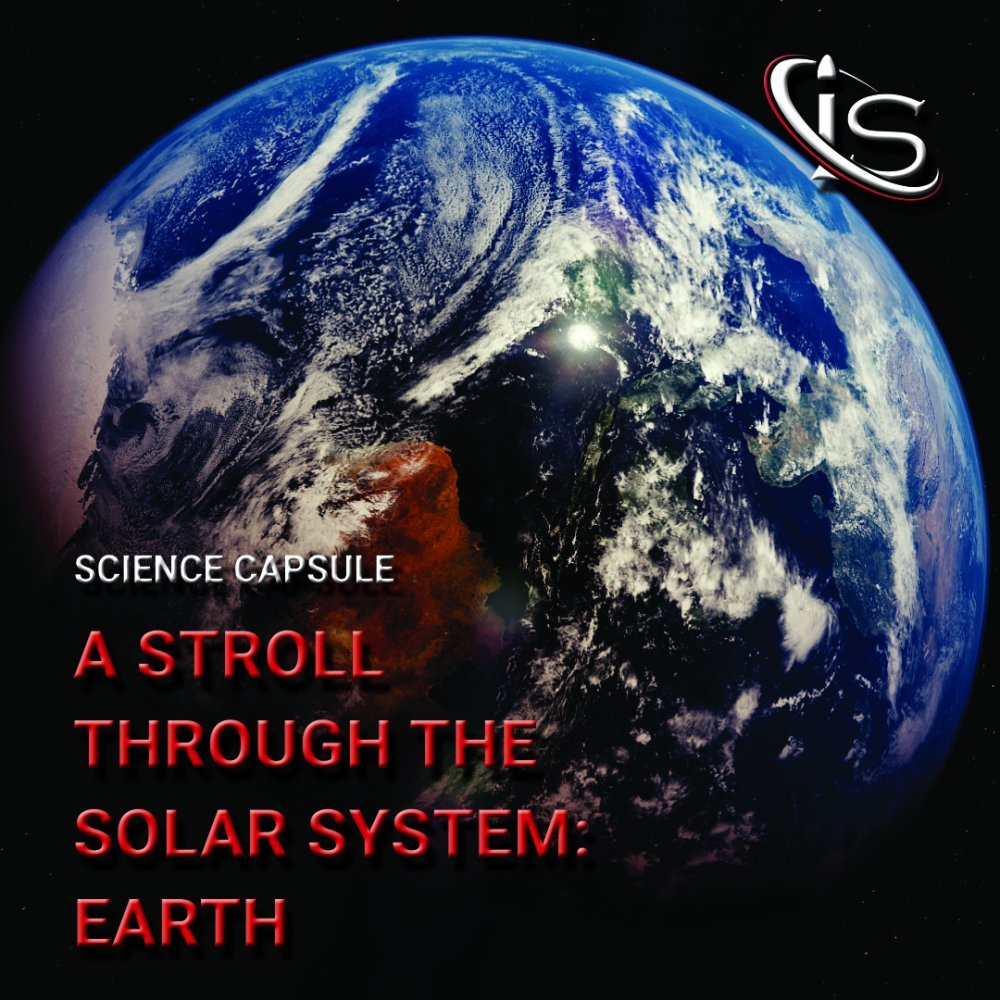Welcome back to another iteration of “A Stroll Through the Solar System.” Last time, we discussed what I firmly believe to be the most fascinating planet in the Solar System, our neighbor Venus. However, it is time to move on to Earth’s other neighbor, Mars. Fortunately, this planet has a lot of interesting features as well, so this science capsule will not be short of talking points. So, without further ado, let’s get to talking about the Red Planet.
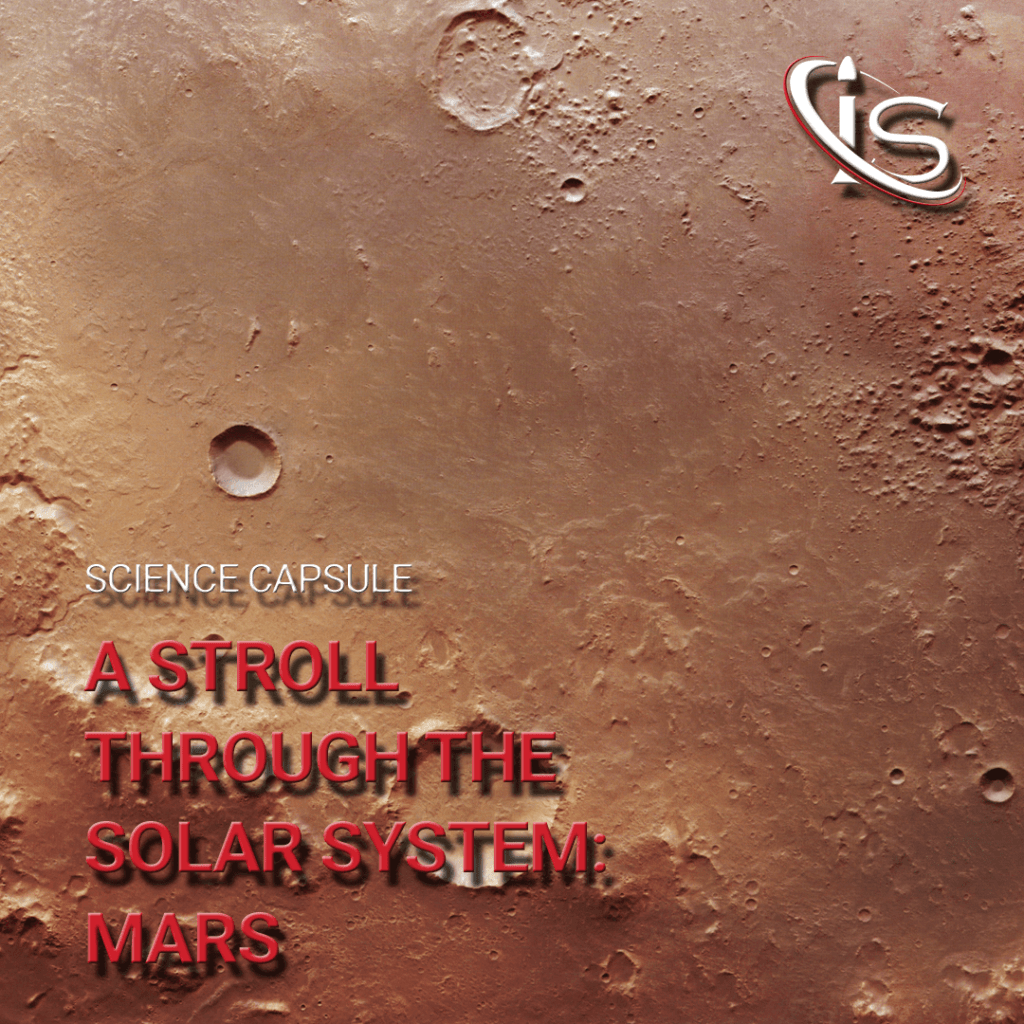
An Interesting Climate
In both of the previous science capsules on Venus and Mercury, we discussed how the weather there is vastly different than here on Earth. As it turns out, this is still true for Mars, but in a different way and not to the same extent. Where Mercury had wild temperature ranges and Venus the hottest temperatures, Mars has… seasons? Now, I did just say that Mars’s weather was different than Earth’s. So, how can that be when they both have seasons? Well, the difference here lies in the fact that Mars is basically a cold, barren desert with a much different atmosphere.
With temperatures ranging from -140°C over the poles in the winter to 21°C over lower latitudes in the summer, Mars is overall a fair amount colder than Earth. However, the difference in temperatures here is not as stark as it was with Venus or Mercury. As I said before, the key climate feature that sets it apart from Earth is its atmosphere. Made up of mostly Carbon Dioxide, Argon, and Nitrogen, with only a small amount of water vapor and oxygen, Mars’s atmosphere is very different than what we’re accustomed to here on Earth. It is also much thinner than Earth’s atmosphere, thus contributing to the colder climate. Still, this is the closest any planet in our Solar System will get to Earth’s climate, and it still is not all that similar.
A Day on Mars
Unlike Venus, Mars has a much more standard approach to its day and year cycles. Both are longer than Earth’s, with a Martian day being slightly over 24 hours and a Martian year being 687 Earth days. The longer length of the year is fairly self-explanatory, as Mars is further away from the Sun than Earth. And, as we have discussed in Mercury and Venus’s science capsules, the length of time a planet takes to orbit its star is related to its distance to said star.
The day’s length is what I find very interesting. Being that close to the length of a day here on Earth is quite the coincidence. Especially when comparing this to a day on Venus, which is about as far from a day on Earth as possible. Of course, the term coincidence is a bit misleading, as it all comes down to physics, but it is a term that still fits the situation perfectly.
Another Geological Marvel
While I will maintain that Venus’s geology is the most unique in the Solar System, Mars’s does give it a run for its money. Not only are volcanoes, polar ice caps, craters, and winds present, but Mars also exhibits signs of past crustal movement. Granted, that movement seems to have mostly stopped, rendering the volcanoes inactive, but this is yet another common ground between Earth and its neighbor.
The presence of polar ice caps is also quite interesting. After all, water vapor only accounts for a very small portion of Mars’s atmosphere. And yet, the planet contains enough water for ice caps to form. Could this be a sign of life? The answer is not straightforward at all, so let’s get to it.
Was there life on Mars?
This question has haunted astrobiologists for a long time. The presence of water vapor and ice caps would suggest that life on Mars is not an impossibility. Or rather, that the possibility of Mars having had life at some point is very real. This is further corroborated by the fact that Mars underwent a geological period known as the Noachian. During this time, conditions on the Red Planet would, supposedly, have been able to support microbial life, as liquid water would have been present. However, just because life could have been there, it does not mean that life was in fact there.
To make matters worse, current conditions on the planet do not appear hospitable to life in the slightest. And, unlike Venus, there do not appear to be parts of the atmosphere that could host some type of microorganisms. After all, one of the first descriptions I gave of the planet was “a cold, barren desert.”
Modern Missions and the Mars Rovers
Still, this cause is not without hope. Due to its similarities with Earth and inactive crust, Mars is currently being studied for the origin of life. Regardless of whether or not the Red Planet ever had life forms on it, its crust, which is now over 3.5 Byr old, would have the best record of the prebiotic conditions that could lead to life. This is due to the aforementioned discovery that Mars did have liquid water on it at some point. Finding evidence of habitability, organic compounds, and taphonomy (a study of the decay of fossils) is currently a primary objective of both NASA and ESA.
This is where the various Mars missions come into play, particularly the Mars rovers. At the moment, NASA has two different rovers on the planet, Perseverance and Curiosity. Perseverance, in particular, is the largest and most advanced rover NASA has ever sent to another world. China also has its Zhurong rover on Mars, making it the second country to have successfully landed on Mars. The United Arab Emirates have their Hope orbiter studying Mars. Finally, Europe and India both have spacecrafts orbiting Mars. And these are not even all the current Mars missions. Basically, almost the entire space community seems to have studying Mars as a primary objective.
Mars Fun Facts
If Venus was Earth’s twin, then Mars is more like Earth’s little brother. This planet is tiny compared to Earth. With a diameter of 6,779 km, Mars is barely half as wide as Earth, with its diameter of 12,742 km. In terms of volume, this means that Mars is almost 7 times as small as our beloved planet.
What about its characteristic nickname, the Red Planet? Where did it come from? The nickname came about due to its reddish appearance (obviously). What gives it that appearance, however, is the abundance of iron minerals in the Martian soil. As these minerals oxidize, or rust, the iron will turn red, thus giving Mars its appearance and namesake.
A Greco-Roman Conundrum
Finally, Mars may not have any rings around it, like Saturn, but it does have two moons, Phobos and Deimos. These are tiny compared to our Moon, which, to be fair, is an exception and probably deserves its own science capsule. What I find really interesting about them, however, is their names.
It is a well-known fact that the planets get their names from the ancient Roman deities. So why is it that Phobos and Deimos still have their Greek names? Did the Romans like those names more for these moons and decide not to change them? Maybe, but it is odd. Although it is probably for the best that these names stayed as they were. Otherwise, instead of Phobos and Deimos, we would have Terror and Formido. And having a nearby celestial object named Terror might seem a bit off-putting to some people. Although, anyone who is Greek would already be experiencing this with the current names, so maybe it would not be that big of a deal.
And, for anyone wondering why these names in particular were chosen, Phobos and Deimos were the sons of Ares (Mars in Greek) who would accompany him in battle. So, if anything, these are some of the most aptly named moons in the solar system. Although, the moons of some of the farther planets may have something to say about this.
Anyway, this seems like a good place to stop our stroll on. If you would like to learn about more of the planets in the solar system, then just check back here on impulso for more science capsules like this one or you can make a step forward and stroll on Jupiter.
